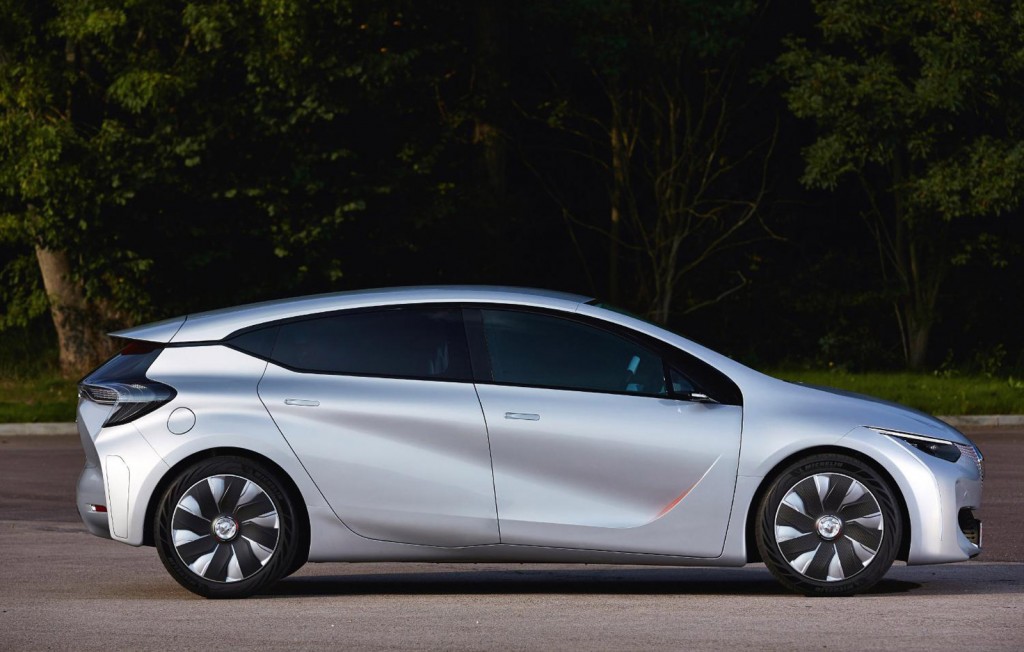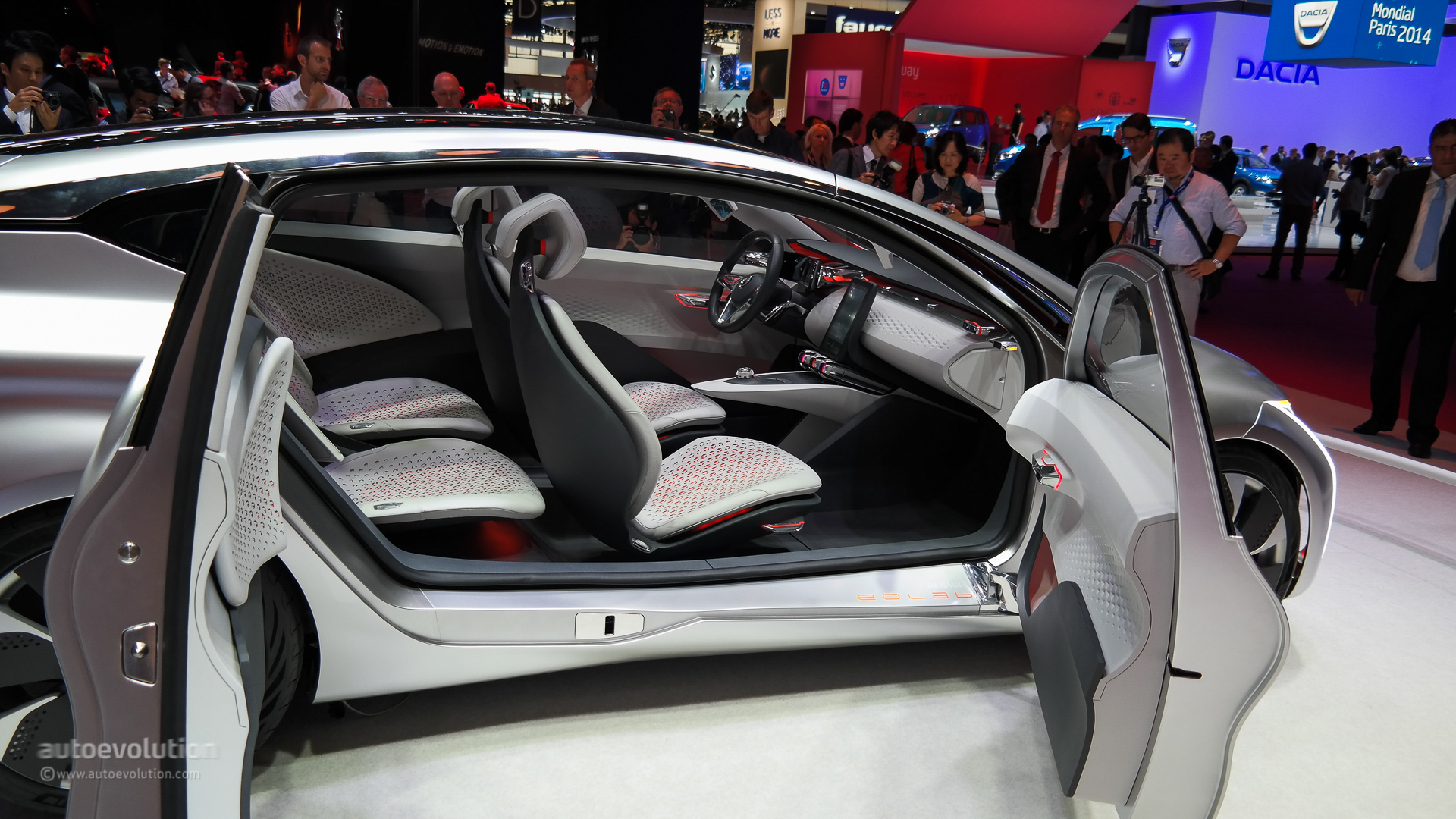NeilBlanchard
Well-known member
- Joined
- Oct 11, 2014
- Messages
- 619
Tesla's Model S is tied for the lowest drag (CdA) car sold in the US. It seats up to 7 people. The car it shares the lowest drag with (the gen 3 Prius) seats 5 people.
There goes all these theories of low drag cars being small, impractical, unsafe, and weird. I think Tesla knows how to make the Model 3 low drag, and practical and safe and good looking.
There goes all these theories of low drag cars being small, impractical, unsafe, and weird. I think Tesla knows how to make the Model 3 low drag, and practical and safe and good looking.









